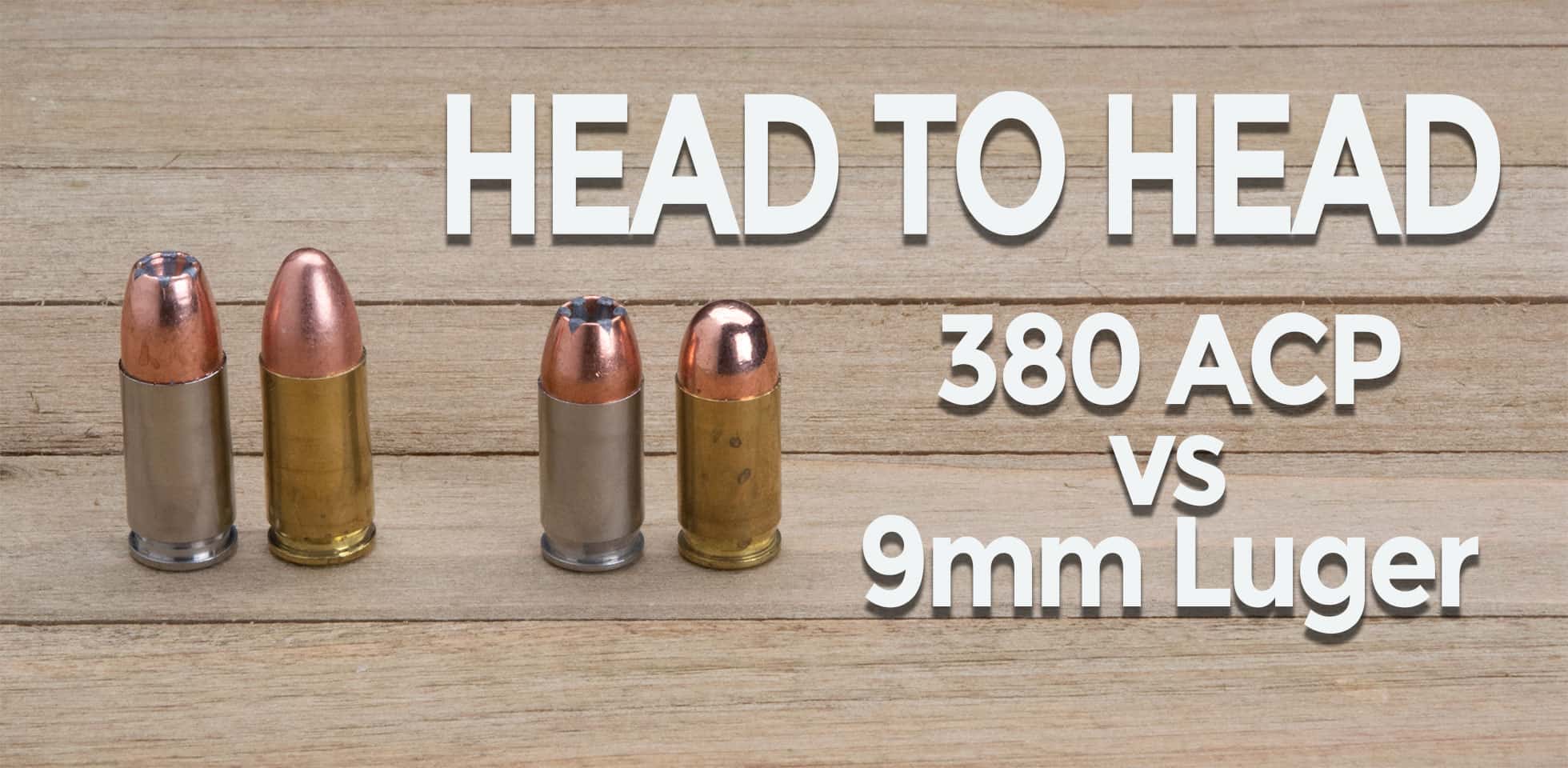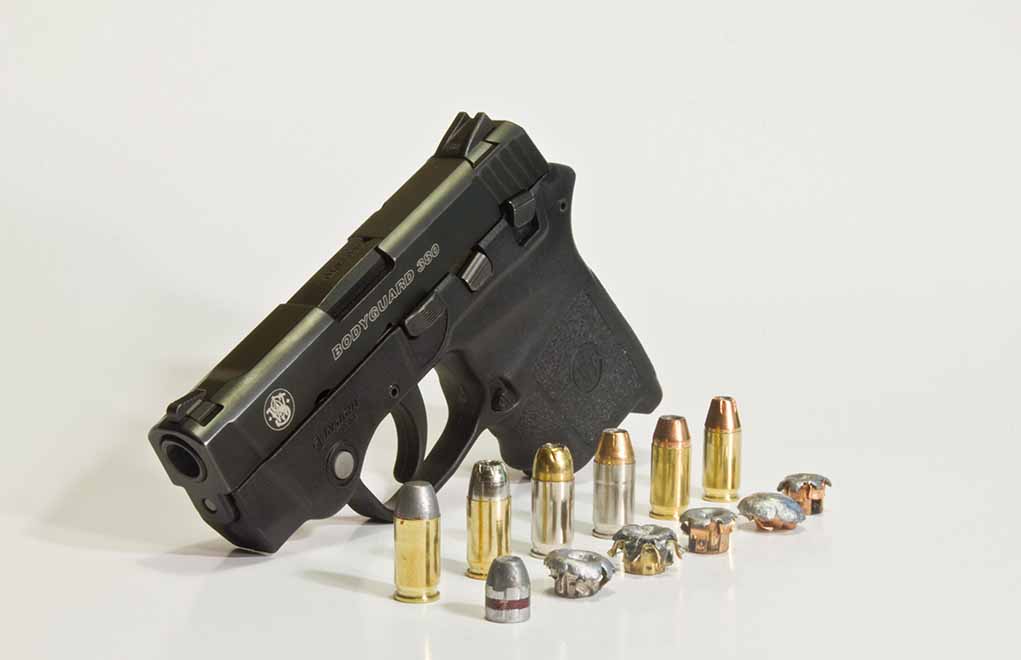
Permanent Cavity: This is the space within the body of an adversary that has been permanently created through tissue destruction caused by the bullet’s passage through the suspect’s body.Patrick states that penetration of up to 18 inches is preferable. Body Penetration: To be effective, an officer’s bullet must reliably penetrate the soft body tissue of an adversary at least 12 inches whether it expands (e.g., hollow point) or not.Patrick’s treatise outlines the following factors to consider regarding handgun bullets:

The amount of energy deposited in the body by a bullet is approximately equivalent to being hit with a baseball.”īecause bullet strikes to the torso will not immediately incapacitate an adversary and will not knock him to the ground, police officers need to use bullets that will neutralize an adversary as quickly as possible. If it had the energy to do so, then equal energy would be applied against the shooter (i.e., recoil) and he too would be knocked down. Patrick explains in his treatise that, “A bullet simply cannot knock a man down. The idea that a bullet has the power to knock an adversary to the ground is a Hollywood myth. Handgun Bullet-Wounding Factors: Myth and Reality

The better the bullet and the shot placement of an officer, the more likely the officer will go home after a shooting. Because head shots are rare and extremely difficult, and torso hits are likewise difficult and do not result in immediate incapacitation, choosing handgun bullets for officers is a critically important task. Moreover, law enforcement shootings typically result in only one or two solid torso hits on adversaries.

The FBI Training Division reported in May 2014 that officers, on average, strike an adversary with only 20 percent to 30 percent of the shots fired during a shooting incident. Patrick points out that there is sufficient oxygen in the brain to support voluntary, life-threatening actions against an officer for 10 to 15 seconds after the heart has been destroyed.īecause of the dynamic and chaotic nature of officer-involved shootings, officers are trained to shoot at center mass of an assailant’s torso from whatever side/angle of the torso that presents itself. In this dangerous time period, an officer’s adversary can continue his deadly actions against an officer. This can take several seconds to several minutes or even longer. Circulatory collapse will result in significant deprivation of oxygen to the brain. The only other way to end an adversary’s life-threatening action is through circulatory collapse.Ĭirculatory collapse results from massive bleeding caused by bullet wounds primarily to the heart, other major organs or major blood vessels of the torso. The only way to ensure immediate incapacitation is to shoot the adversary in the brain or upper spinal cord (i.e., central nervous system).ĭuring a dynamic gun battle with erratic movement by both officer and adversary, this requires extraordinary marksmanship or, more likely, pure luck. In his 1989 treatise, “Handgun Wounding Factors and Effectiveness,” Supervisory Special Agent Urey Patrick explained that the goal of an officer in a life-threatening shooting incident is to incapacitate the adversary as quickly as possible. Bullet-Wound Factors in Officer-Involved Shootings If Agent Dove’s bullet had entered Platt’s heart, he would have perished quickly, before launching his life-ending assault. Platt was killed at the end of the gunfight, but not before unleashing deadly mayhem. However, the round stopped just short of entering Platt’s heart/aorta, only penetrating his torso about six or seven inches.Īfter receiving this wound, Platt initiated a devastating attack upon the surrounding FBI agents, killing two (including Agent Dove) and severely wounding two more. Doctors later determined that this round was not survivable. The round severed Platt’s brachial artery, passing through the arm into his chest and almost entirely through his right lung. What happened during the shootout on April 11, 1986ĭuring the shootout, Special Agent Jerry Dove fired a lightweight, high-velocity 9mm round that struck murder/armored car robbery suspect Michael Lee Platt in the upper right arm. 4 important factors in the 9mm pistol debate


 0 kommentar(er)
0 kommentar(er)
